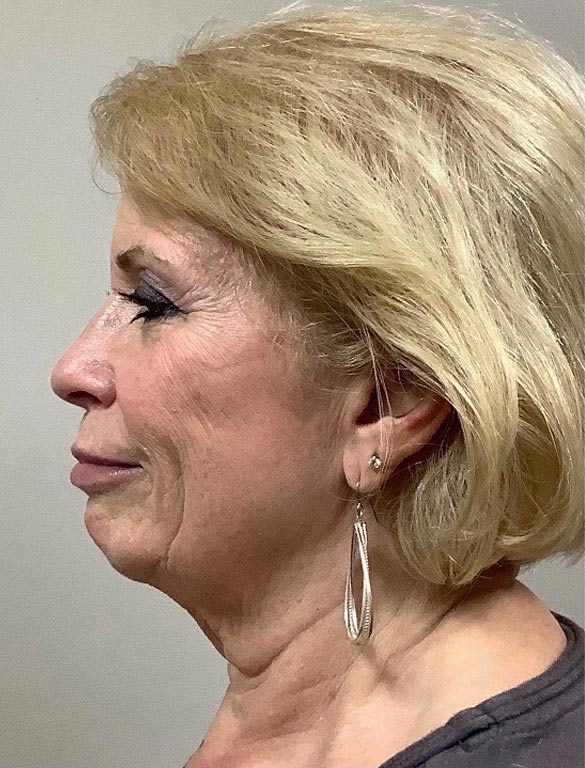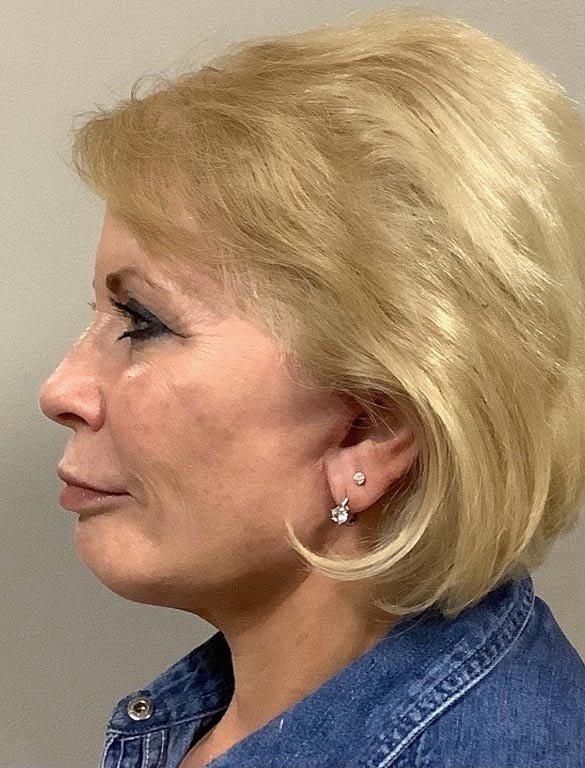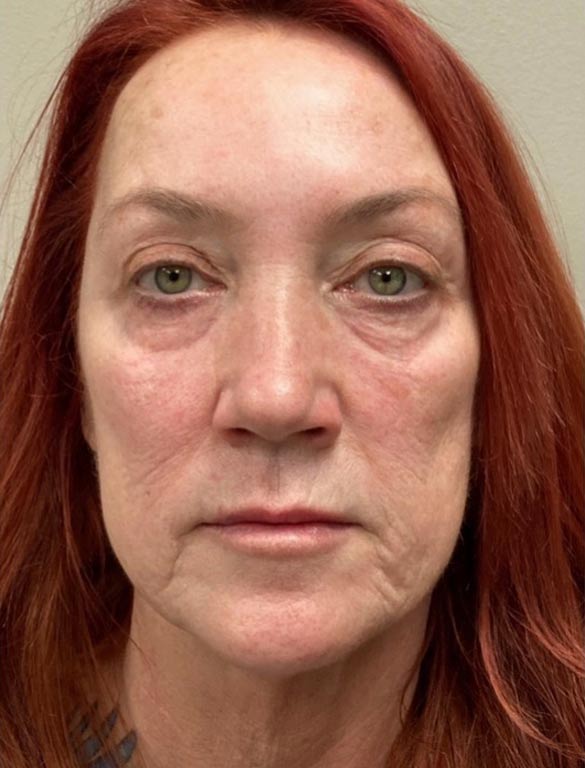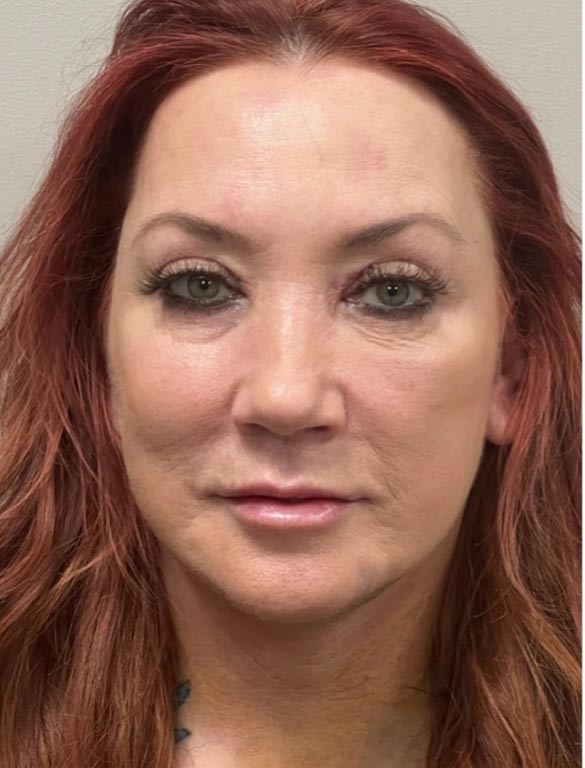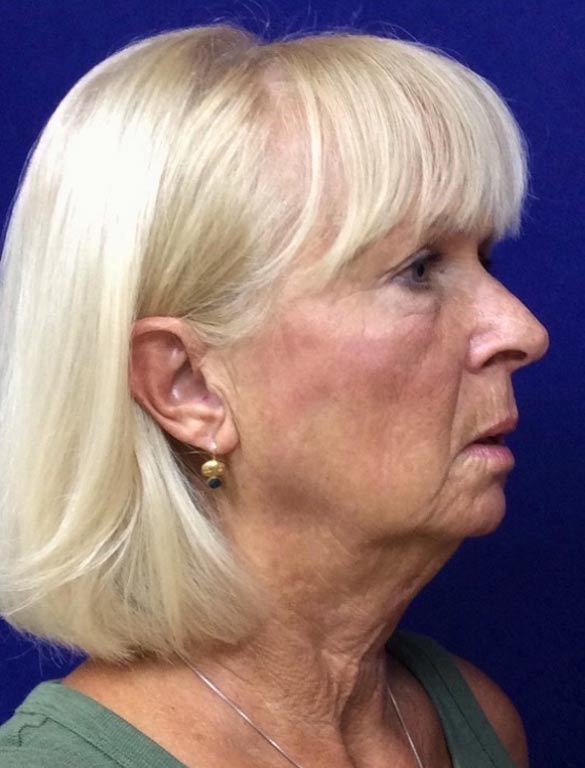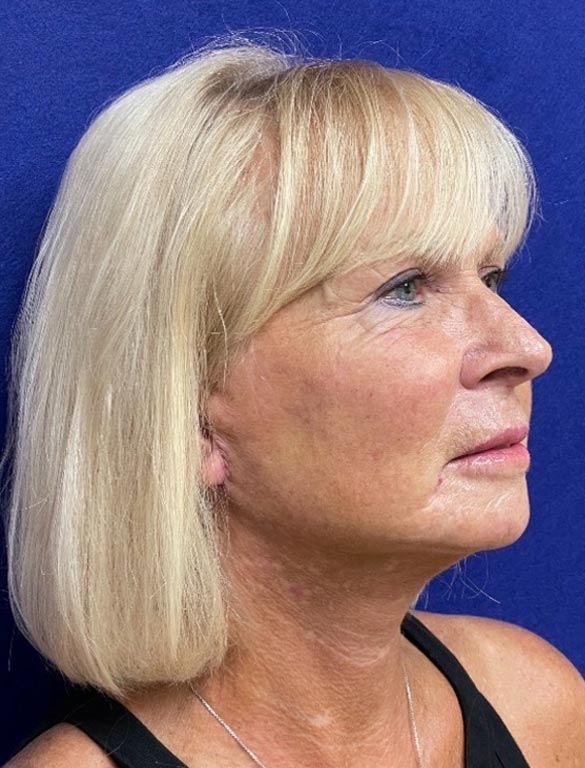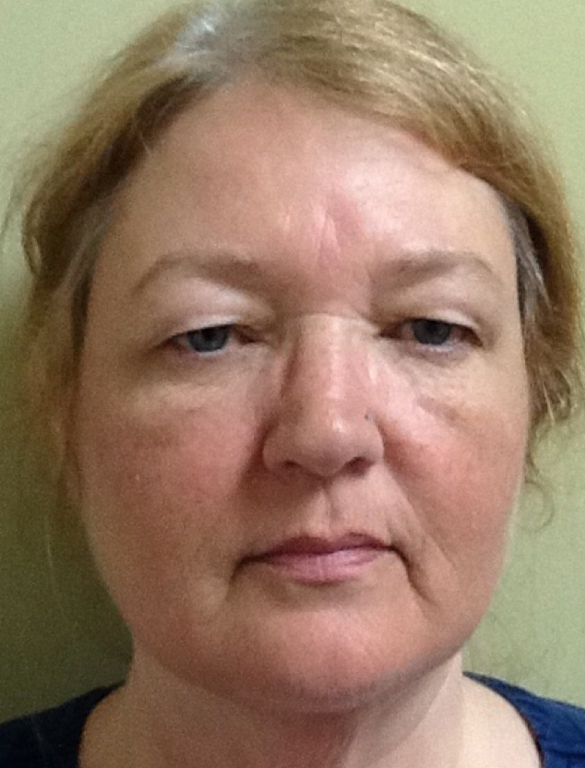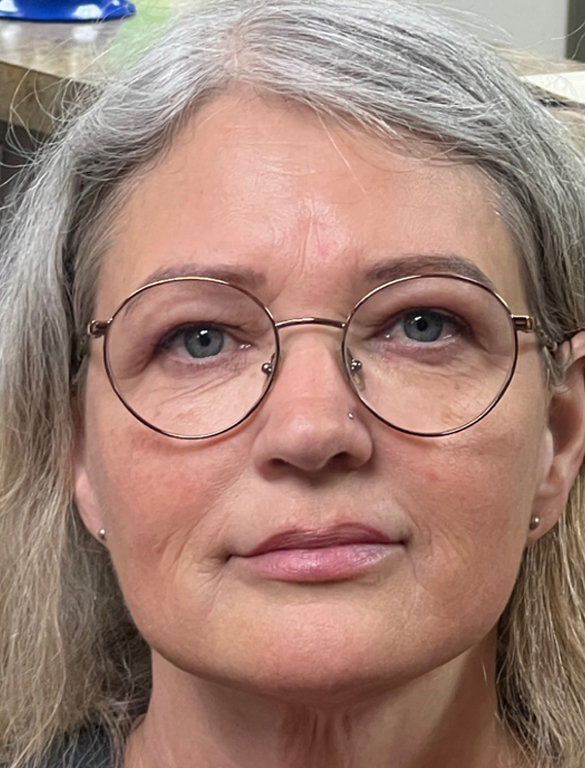Varicose veins are the result of blood flow problems in which the valves aren’t functioning properly, blood may be flowing the wrong direction and the veins struggle to return blood from the legs back to the heart. As these veins struggle, they begin to bulge, turn purple or blue and cause discomfort and self-consciousness. Varicose veins are most common among women, especially as they age, and though the exact reason for the development of these damaged veins can be hard to pinpoint on an individual basis, the many factors that contribute to varicose veins include a struggle with obesity, pregnancy, changes in hormones, a sedentary lifestyle and heredity. If a woman’s mother or grandmother developed varicose veins, there’s a much higher chance that they themselves will acquire some of their own.
Though the early appearance of varicose veins don’t pose a huge threat, the discomfort associated with these malfunctioning veins can continue to grow if not treated and more serious ailments such as blood clots may arise. Thankfully there are many options for treating varicose veins available to varicose vein sufferers varying from simple changes such as an increase in exercise or in wearing compression stockings to pursuing more aggressive medical treatments including ambulatory phlebectomy, laser ablations, or ultrasound guided sclerotherapy. Before seeking any treatment mild or more aggressive, an examination by an experienced vein specialist is encouraged to determine the best course of action.
Ambulatory Phlebectomy is a minimally invasive surgery which is performed with a local anesthesia and done through tiny little holes made through the skin toward the affected veins which are then carefully removed. The small punctures leave next to no scarring once they’ve been closed and have time to heal.
The laser ablation technique is also performed under a local anesthesia and through a small puncture made near the knee. A very thin catheter is carefully inserted through the hole where a tiny laser is then directed to the affected veins to destroy the vein and cut off blood flow. These veins will then be dissolved into the body naturally.
Ultrasound-guided Sclerotherapy is relied on as a follow-up treatment to endovenous laser or ambulatory phlebectomy treatments that were unable to fully target smaller, harder to reach varicose veins that may have been left post-treatment. This procedure requires the patient to lie flat on their back while an ultrasound screen helps the physician guide a small needle to the damaged vein and then inject a sclerosing solution into the vein to close it up permanently.
Schedule a consultation with your vein specialist to have your varicose veins examined and to determine which treatment will result in the most improvement in health and appearance.

